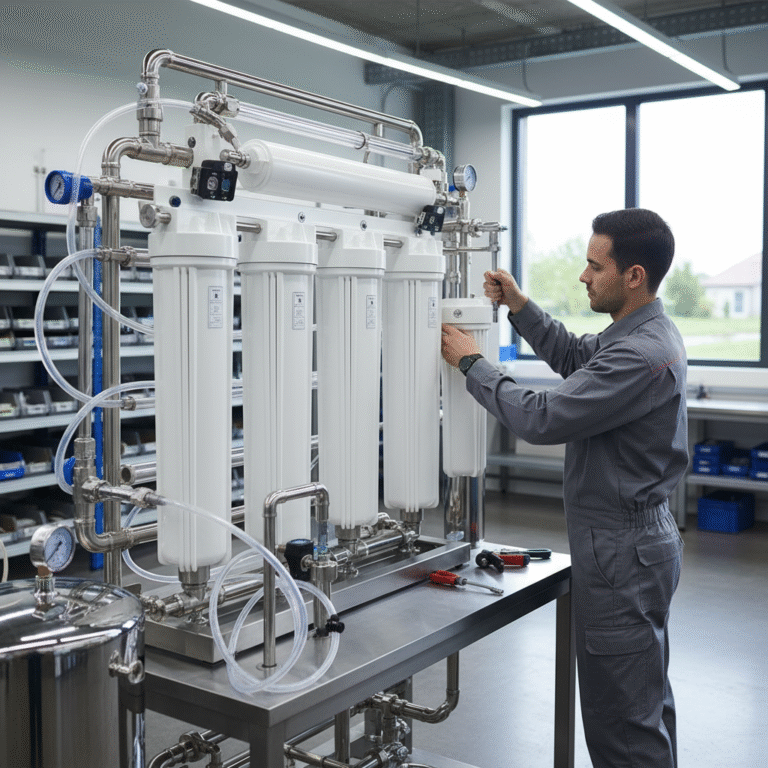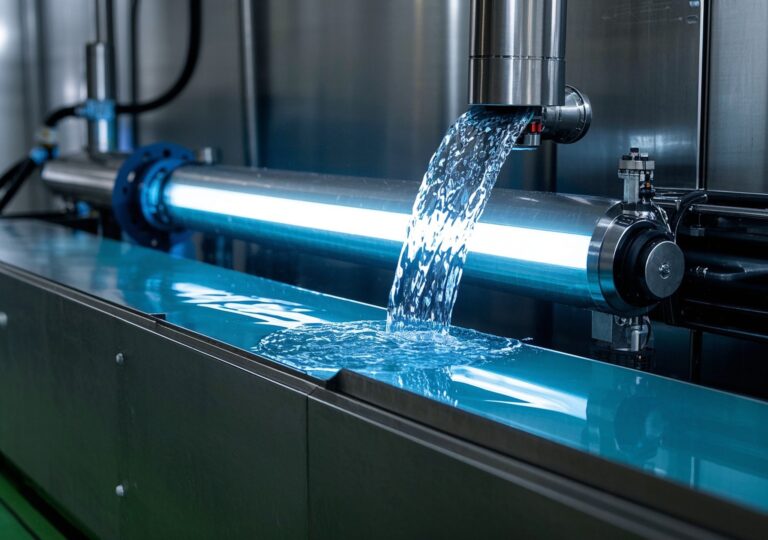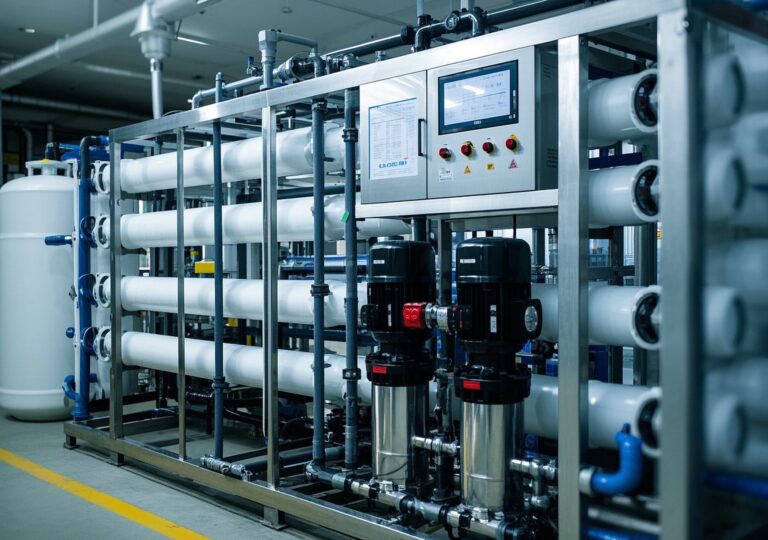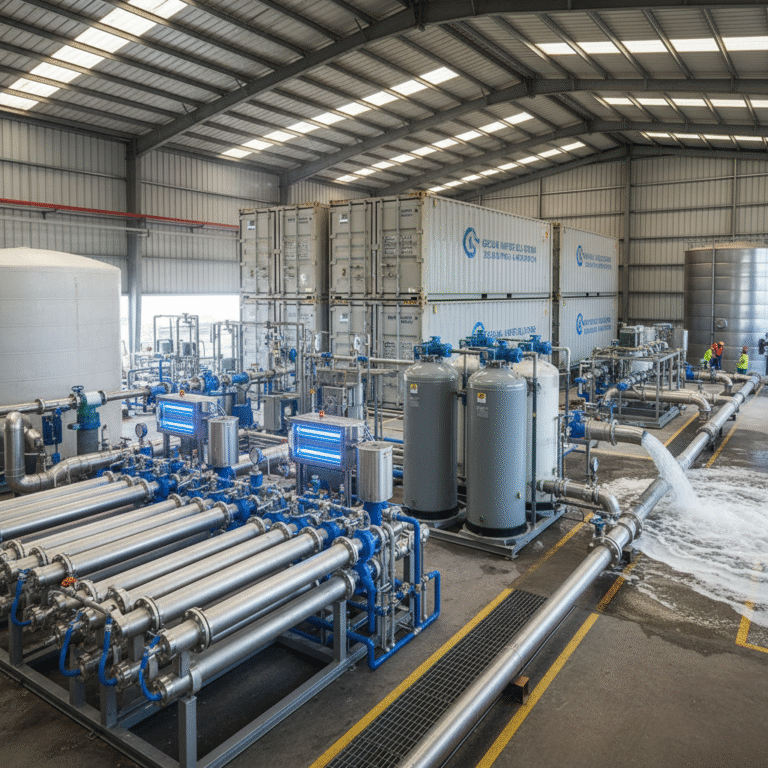Futuristic Trends: How Reverse Osmosis Water Purification Systems Operate in Evolving Markets
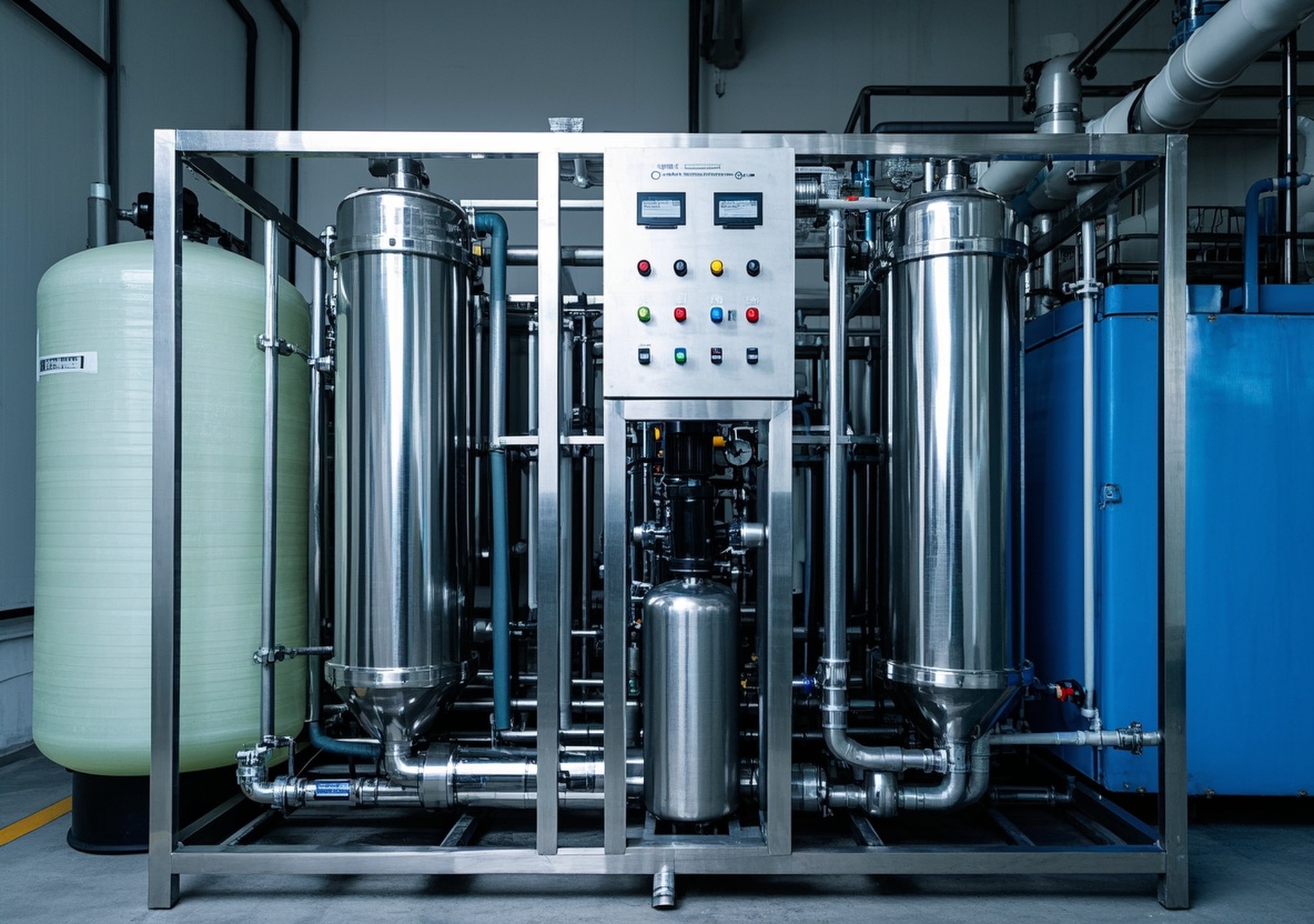
Futuristic Trends: How Reverse Osmosis Water Purification System Operate in Evolving Markets
Water is the cornerstone of industrial processes, from mining and food production to pharmaceuticals and cosmetics. As industries demand higher water purity and sustainability, reverse osmosis water purification system operate has become a pivotal technology. This article delves into the core principles, technical nuances, economic factors, and real-world applications shaping the future of reverse osmosis (RO) systems in diverse markets.
1. Product Overview: Types, Functions, and Industry Applications
Reverse osmosis water purification systems are specialized filtration units designed to remove dissolved solids, organic compounds, and microbes from various water sources. They primarily consist of semipermeable membranes that separate contaminants under pressure. RO systems can be configured as:
- Industrial-scale units: High-capacity installations for mining, municipal water treatment, and large-scale food processing.
- Laboratory and pharmaceutical-grade systems: Tailored for ultra-pure water requirements with stringent quality controls.
- Compact units: Suitable for small factories, cosmetic product manufacturers, and point-of-use applications.
These systems are widely applied to treat well water, river water, groundwater, municipal supply, boiler feed water, and even seawater. The industries benefiting most include:
- Mining: Removal of heavy metals and suspended solids for mineral processing.
- Food & Beverage: Ensuring microbial safety and compliance with hygiene standards.
- Pharmaceuticals & Cosmetics: Producing ultrapure water critical for product integrity.
- Laboratories & Research: Providing consistent water quality for experiments.
2. Technical Principles & Key Components
The core of any RO system is the membrane separation technology, operating on the principle of applying pressure to overcome osmotic pressure. Water molecules pass through the membrane, while dissolved salts, organic molecules, and pathogens are rejected.
Critical components include:
- RO Membranes: Typically thin-film composite membranes with high salt rejection rates (up to 99%).
- High-pressure pumps: To maintain optimal operating pressure, usually between 150-800 psi depending on feed water salinity.
- Pre-treatment modules: Filtration and chemical dosing to protect membranes from fouling.
- Automated Control Systems: PLC-based controllers monitor flow, pressure, and water quality parameters to optimize operation and alert for maintenance.
Integrating sensors and feedback loops enables efficient operation, energy conservation, and prolonged membrane lifespan. In industrial contexts, multi-stage RO or hybrid systems combine RO with ultrafiltration or nanofiltration for enhanced performance.
3. Price Breakdown and Investment Perspective
Understanding the financial layout of an RO system is essential for strategic investment decisions. The cost factors include:
| Cost Component | Description | Estimated Range |
|---|---|---|
| Basic RO System | Membranes, pressure vessels, pumps, and core skid | 40% – 60% of total investment |
| Pre-treatment Modules | Filters, softeners, chemical dosing units | 15% – 25% |
| Instrumentation and Control | Automation, sensors, safety interlocks | 10% – 15% |
| Installation & Commissioning | Site preparation, piping, labor | 10% – 20% |
| Operation & Maintenance | Membrane replacement, filter cartridges, energy | Ongoing operational cost |
Investors should weigh upfront capital costs against operational savings through energy-efficient design and membrane longevity. In my experience managing a midsize food processing facility upgrade, a system with advanced automated controls reduced energy consumption by 18% and lowered maintenance downtime by 25% within the first year, significantly improving the ROI.
4. Performance Specifications & Quality Assurance
Reliable RO systems adhere to stringent performance metrics and quality standards, including:
- Salt Rejection Rate: Typically ≥ 99%, ensuring potable water standards.
- Recovery Rate: 75%-85% recovery minimizes wastewater and conserves resources.
- Flux Rate: Indicates membrane throughput capacity, normally 20-40 gallons per square foot per day (GFD).
- Material Standards: FDA-compliant materials in food and pharma sectors; corrosion-resistant stainless steel for industrial applications.
- Certifications: ISO 9001 for quality, NSF/ANSI standards for water safety where applicable.
Process validation and routine membrane integrity testing guarantee system reliability. During a pharmaceutical client’s commissioning, we implemented enhanced leak detection and double containment piping as best practice, boosting compliance with regulatory audits.
5. Market & Application Analysis
The choice and configuration of RO systems must align with regional water qualities and industrial needs.
- Water Quality Factors: High salinity regions demand high-pressure, seawater RO systems; areas with high turbidity require elaborate pre-filtration.
- Industrial Demand: Mining operations require robust systems tolerant to heavy metals; food industry prioritizes microbial control;
- Environmental Regulations: Stringent discharge norms encourage water reuse and low-waste systems.
For example, in the Southwestern US, where groundwater often contains arsenic and high TDS, we implemented multi-stage RO systems coupled with advanced oxidation, achieving 99.7% contaminant removal and securing operational licenses for mineral extraction plants. This tailored approach demonstrates the adaptability and value of RO technology.
6. Case Studies: Real-World Applications
Case 1: Mining Sector
The extraction industry in Latin America faced challenges with brackish water high in sulfates and heavy metals. Employing a robust RO plant coupled with tailored pre-treatment reduced total dissolved solids by over 98%, allowing reuse in ore slurry preparation. Operational uptime improved from 85% to 95%, and water procurement costs dropped by 30% within two years.
Case 2: Pharmaceutical Manufacturing
At a sterile injectable facility, integrating RO with ultrafiltration supplied ultrapure water conforming to USP Type I standards. Automated CIP (clean-in-place) cycles extended membrane life by 40%. This project showcased how advanced controls enhance system reliability and regulatory compliance.
Case 3: Food Processing Plant
In Southeast Asia, a beverage producer installed a modular RO system with remote monitoring. The system reduced microbial loads by 99.9%, meeting export quality standards. The remote diagnostics cut maintenance trips by 50%, saving $60,000 annually.
7. Customization & Support Services
Customization is key to maximizing system effectiveness. Pre-treatment options include sand filtration, carbon filtration, ion exchange, and chemical dosing tailored to feed water challenges. Post-treatment can integrate remineralization, disinfection (UV or chlorination), and pH adjustment to tailor the water for end-use.
Comprehensive support covers site assessment, system design, installation supervision, operator training, and long-term maintenance contracts. Rapid spare parts delivery and remote monitoring platforms ensure proactive fault detection and minimal downtime.
Drawing from my involvement in several turnkey projects, early stakeholder engagement and on-site water characterization significantly reduce commissioning delays and cost overruns, underscoring the importance of integrated service models.
8. Manufacturer Credentials and Partnership Benefits
Partnering with technically strong manufacturers that hold ISO certifications, implement rigorous R&D programs, and demonstrate extensive field experience is vital. Transparency in quality audits, adherence to environmental and safety standards, and customer-centric innovation foster trust and continuous improvement.
Our collaboration with leading suppliers revealed that those investing in localized service hubs and digital integration platforms provide a competitive edge by shortening response times and optimizing system performance.
9. Conclusion and Strategic Investment Advice
With escalating global water challenges and tightening regulations, mastering how reverse osmosis water purification system operate is indispensable for industrial success. RO technology offers a versatile, scalable, and reliable solution to achieve water purity and sustainability goals.
Investors and operators should:
- Prioritize systems with automated controls and modular design for adaptability.
- Focus on comprehensive pre-and post-treatment to extend membrane life and meet application-specific water quality.
- Choose partners with proven expertise and robust after-sales service networks.
- Analyze lifecycle costs rather than upfront expenses to maximize ROI.
Incorporating these strategies will future-proof water purification investments, enabling businesses to thrive amid evolving market demands and regulatory landscapes.
Authoritative Data Source
According to a comprehensive analysis by Water Technology Research titled “Industrial Reverse Osmosis System Function and Operation,” the mechanism of reverse osmosis relies heavily on maintaining precise pressure and membrane integrity to consistently produce purified water with high rejection rates, emphasizing the integration of automated monitoring to reduce human error and operational costs. This overview validates the importance of combining advanced technical components with holistic operational strategies to optimize system performance.

